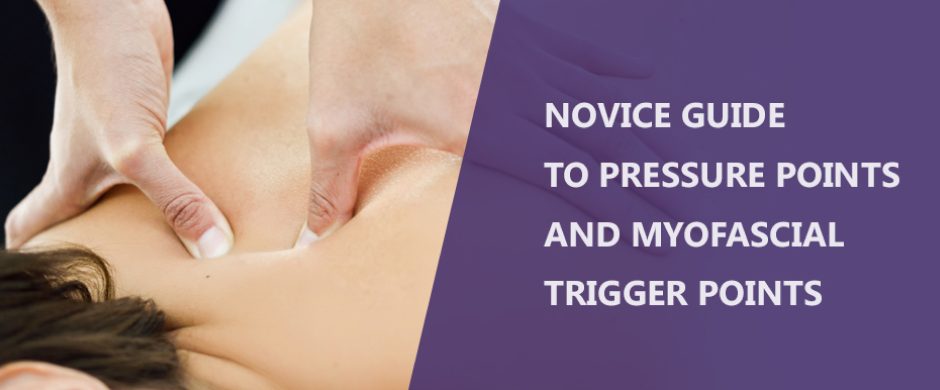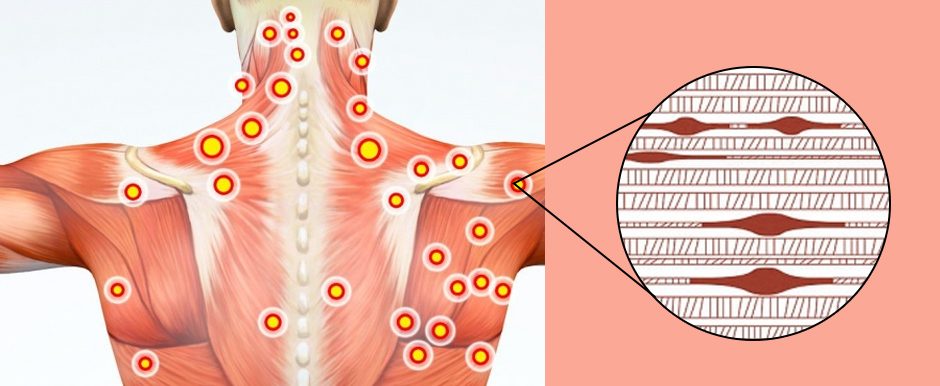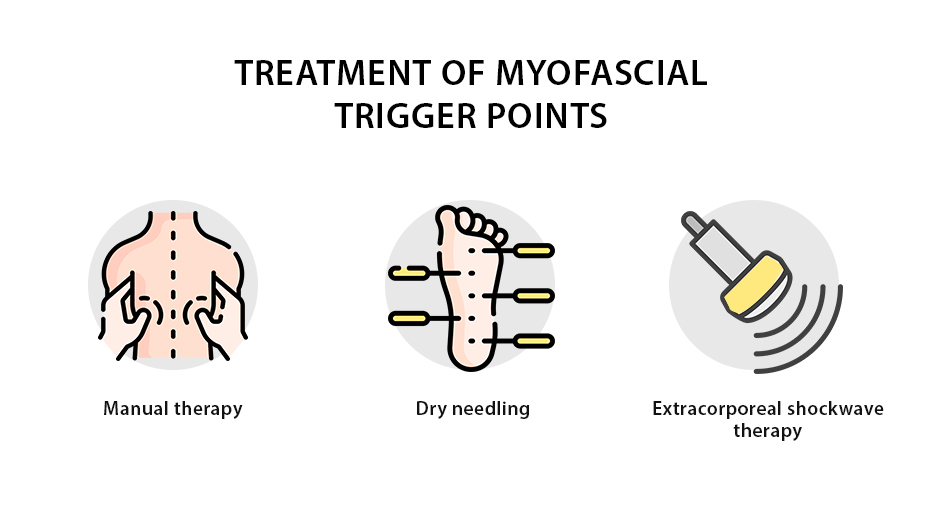Novice Guide to Pressure Points and Myofascial Trigger Points
Energy is constantly being created in your cells to produce movement, and to sustain vital metabolic functions. All four types of energy — electrical, mechanical, thermal and chemical — are at work around the clock to keep your body and brain humming along. Just as a machine needs to maintain clear energy pathways to generate motion, your body needs its energy pathways to remain wide open for optimal function.
Pressure points and myofascial trigger points represent key areas in your body where the flow of energy is disrupted, leading to disease, pain and dysfunction. However pressure points and trigger points are not one and the same — each of them has its own unique characteristics and healing mechanisms. Learn the difference between the two, and discover the most effective approaches for restoring unrestricted energy flow.
Myofascial Trigger Points
Myofascial trigger points, aka muscular trigger points, are made up of tight bands or knots of muscle fibers that are essentially locked in a state of contraction, much like a cramp or spasm, but on a much smaller scale. They often occur at or near the muscle-tendon junction, and if left untreated, they can cause pain and discomfort for weeks or months on end.
Superficial trigger points can be felt beneath the skin’s surface as a hard lump that may be tender to the touch. They are often treated with some type of pressure, either in the form of myofascial massage, or with a foam roller or tennis ball.
Deep tissue trigger points occur in muscle and/or fascia — the thin sheath of connective tissue that encases muscles — deep within the body. Deep trigger point locations can be hard to identify, since they cannot be palpated through the skin, making them difficult to diagnose. High resolution diagnostic ultrasound is an effective tool for detecting deep tissue trigger points.
Myofascial trigger points can be either active and painful, or passive and benign, not causing pain but nevertheless impeding the normal function of affected muscles and fascia. Pain from trigger points may be deferred, causing pain and dysfunction in parts of the body that are distant from the trigger point itself.
Causes of Myofascial Trigger Points
Trigger points often form in response to activities like sports or exercise that overload the muscles. They can also arise after bouts of physical exertion such as lifting heavy objects, or carrying heavy loads.
The muscle spasm that forms a trigger point is a protective mechanism that keeps the tissue from tearing during the eccentric (lengthening) phase of contraction. In the process, the biochemical reactions that allow the muscle fibers to relax are disrupted, preventing the muscle fibers from lengthening.
Trigger points can occur anywhere in the body. Unlike pressure points, trigger point locations cannot be predicted, and there is no such thing as “trigger point mapping.”
Treatment of Myofascial Trigger Points
There are fundamentally three approaches to eliminating myofascial trigger points:
1. Trigger point pressure release with manual therapy
This entails palpating the affected area to identify trigger points, then applying pressure with the fingertips to cause the muscle fibers to relax.
2. Dry needling
Dry needling is performed by inserting a thin, dry (non-medicated) needle into the trigger point, with the goal of invoking a twitch response that restores normal muscle function, causing the fibers to relax and lengthen. Superficial trigger points can be treated with “blind” needling, so long as the affected tissues can be palpated beneath the skin. However, deep tissue trigger points rely on ultrasound for detection, and to visualize and guide the needling procedure to ensure accuracy.
3. Extracorporeal shockwave therapy (ESWT)
ESWT uses a transducer to deliver high frequency sound waves that stimulate the body’s own reparative mechanisms. It has been shown to provide superior results to manual therapy, although it is somewhat less effective than ultrasound guided dry needling. For best results, we use a combination of focused and radial shockwaves to release myofascial trigger points.
Pressure Points of the Body
Pressure points are based on the body’s energy meridians as defined by ancient Chinese medicine. Proponents of acupressure science believe that the body’s chi, or lifeforce, can become blocked, causing pain, dysfunction and disease. Pressure points in the head, neck and face can sometimes be the source of headaches.
In all, there are 12 recognized energy meridians, with a total of 361 pressure points of the body, including hand acupuncture points. Acupressure point charts map out specific locations of pressure points in the body that can be treated with manual massage (acupressure), or with acupuncture using thin dry needles.
Acupressure and acupuncture are alternative therapies that both require specialized training and experience. Look for a practitioner with appropriate credentials and a track record of successful treatment.
Get the Best Acupuncture, Acupressure and Myofascial Trigger Point Therapy in NYC
The pain specialists at NYDNRehab take a holistic approach to patient care, and we do not rule out alternative therapies that are often disregarded by conventional medicine. Acupuncture, acupressure, manual therapies and dry needling are all treatment options that we use in conjunction with other treatment modalities. Our goal is to provide fast relief to our patients and restore unrestricted, pain-free movement in the shortest time possible.
You do not have to live with pain and dysfunction. Contact NYDNRehab today, and learn what a difference accurate diagnosis and holistic treatment can make in your overall quality of life.

























































